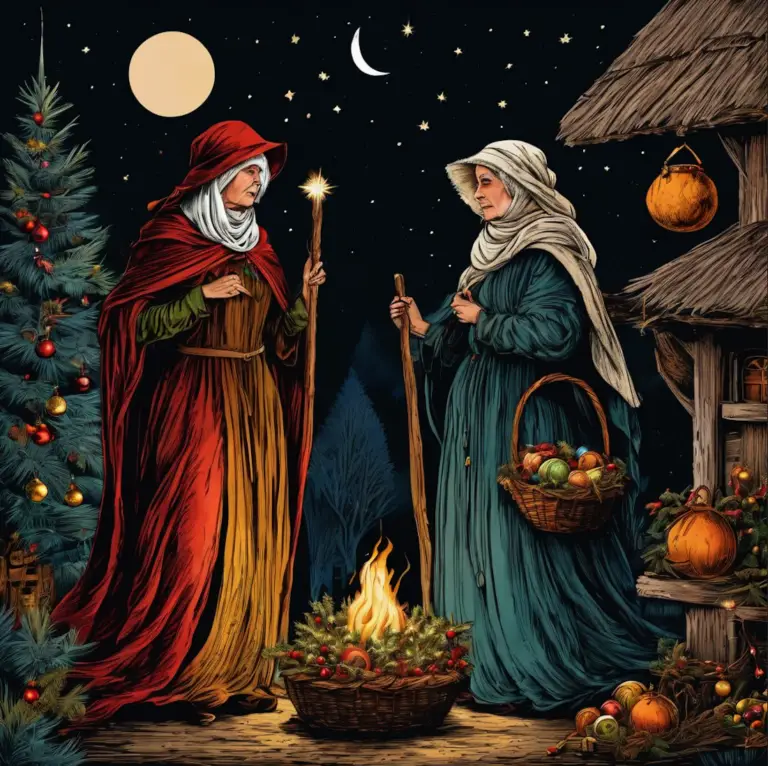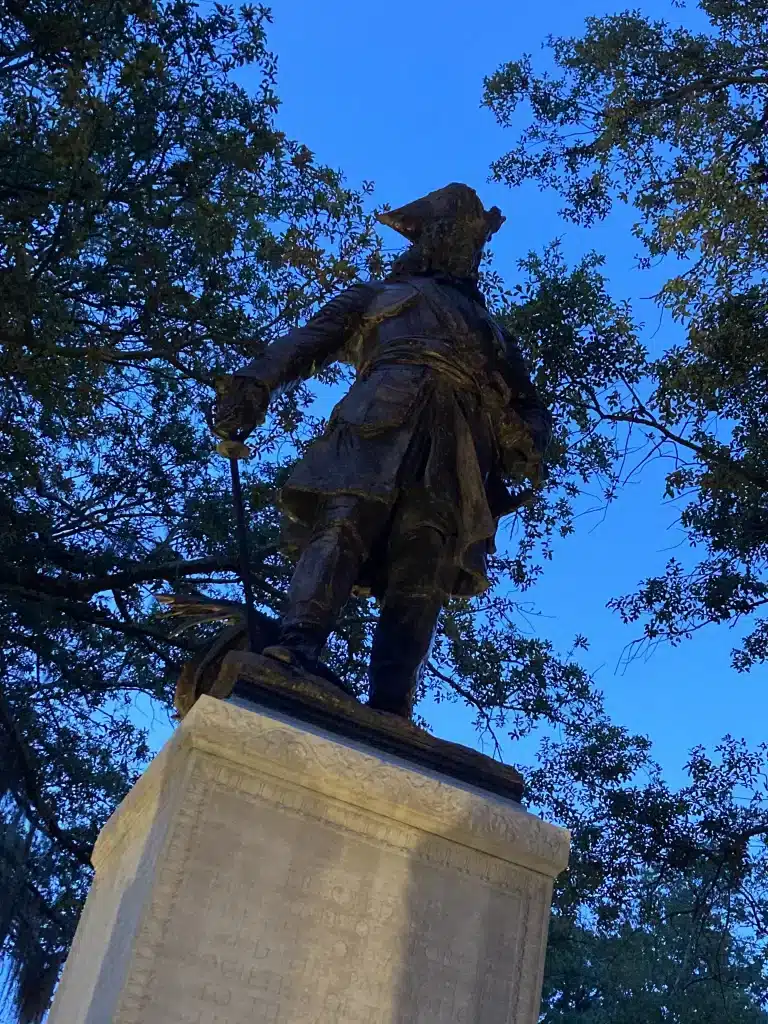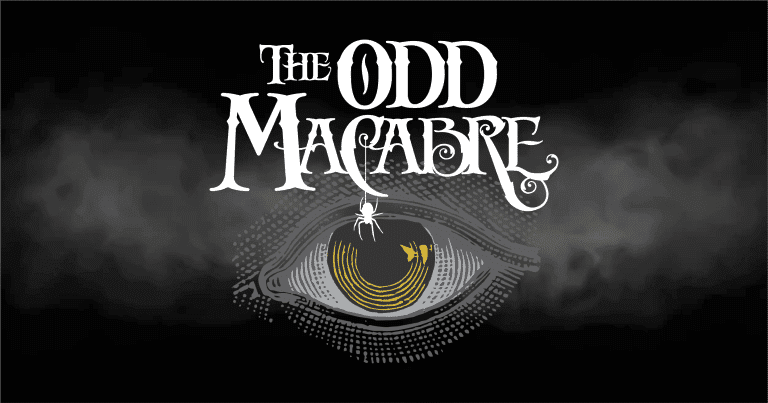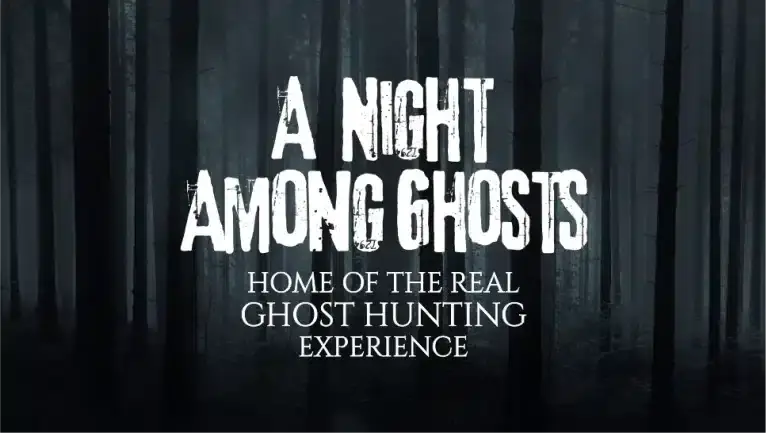Epiphany, the celebration of the Magi’s visit to the baby Jesus, is often associated with joy and gift-giving. Yet, beneath the festive veneer lies a darker, mysterious side. In this blog post, we will explore the spookier facets of Epiphany traditions and legends, unearthing the chilling tales of Perchta and Le Befana, while also delving into the historical roots of Old Christmas.
Before the adoption of the Gregorian calendar, Christmas was celebrated on a different date. Known as “Old Christmas” or “Twelfth Night,” this original observance was held on January 6th. The change in calendars resulted in a shift, but remnants of Old Christmas traditions are still observed today in various cultures.
Old Christmas marks the culmination of the Twelve Days of Christmas, a period of merrymaking and festivities. Folk traditions like wassailing, where communities would gather to sing and bless apple orchards, are reminiscent of this bygone era. The celebration of Old Christmas often embraced a more communal and laid-back atmosphere compared to the earlier December festivities. My Grandparents on my Mother’s side observed Old Christmas and held tight to some of those early traditions. such as keeping the tree up until the fifth of January. Many who celebrate Old Christmas believe the tree should not carry over into the sixth of January because of the importance and symbolism behind the 6th of January being Old Christmas and the miracle of the birth of Jesus should take center stage.
In our own household, we have earnestly tried to aspire to some of these traditions. Alas, we fail miserably as my need to clear and freshen for the New Year, our holiday decor rarely ever makes it to January 1st. Maybe all that first of the year cleaning has allowed us to avoid a visit from Perchta all these years!
Who is Perchta you may ask? In the Alpine regions, Epiphany brings not only the promise of gifts but also the looming presence of Perchta. This enigmatic goddess is a complex figure, embodying both benevolence and malevolence. As the winter nights deepen, stories of Perchta’s presence become more ominous.
Perchta is said to roam the Alpine villages during the Twelve Nights of Christmas. Some tales describe her as a beautiful, white-robed woman, while others paint a more sinister picture of a hag-like figure. The common thread, however, is her role as a judge of character. Those who have been good are rewarded, while the lazy and disobedient face dire consequences. For if Perchta finds your home a mess and your weaving not complete, she may enter your bedroom while you sleep, brandishing the long knife she keeps hidden underneath her skirt and then disembowels you and replaces your insides with straw and rocks. No thank you! I do believe we will keep our current traditions of removing the holiday decor and topping off with a good clean after New Year’s Day. We do personally observe the superstitions of no sweeping and no laundry on New Year’s Day to avoid the untimely removal of a family member in the coming year.
There are some unique customs to ward off Perchta’s wrath. Some dress in elaborate costumes resembling the goddess to confuse her, while others indulge in festive processions meant to appease her judgment. The line between celebration and trepidation blurs during these eerie nights. So tonight before you head to bed, make sure your home is clean, your ledges dusted, and leave some porridge out for her.
If you aspire to celebrate Epiphany without fear, Italy takes a different, but equally mysterious form with the arrival of Le Befana. While she may not evoke fear like Perchta, the legend of this Italian witch carries an air of enchantment and mystique.
According to Italian folklore, Le Befana is an old woman of witchy appearance who flies on her broomstick on the night of January 5th, delivering gifts to children and filling stockings for the good children and leaving coal in the stockings of naughty children in a similar vein to Santa Claus.
Despite her benevolent role, the character of Le Befana is shrouded in mystery. Some tales suggest a darker side, hinting at a lonely and haunted past that drives her nocturnal journeys. The juxtaposition of joy and solitude adds an eerie layer to the Italian Epiphany celebrations. There are several theories of the origin of Le Befana, some dating back to Neolithic times and others stemming from Celtic origins. Since the 13th century in Italy she has been linked to the Nativity, the legend stating that the three Magi, stopped to ask the old woman directions to the nativity, she had no answer for them, but allowed them a place to rest before they continued their journey. They left the next morning before she woke, Le Befana realized too late that she wanted to join the pilgrimage but didn’t know where the Magi had gone or where baby Jesus was, so she flew on her broomstick looking but never finding the Nativity.
As the Epiphany celebrations unfold, it’s worth peeling back the layers of merriment to discover the stories that have endured for centuries. Perchta and Le Befana, with their mysterious origins and haunting tales, add a touch of the supernatural to an otherwise joyous occasion. Meanwhile, the echoes of Old Christmas remind us of the historical evolution of these celebrations, offering a glimpse into a bygone era where traditions were intertwined with the rhythms of the seasons. So on this Epiphany, remember the ghostly specters and historical echoes that may be lingering in the shadows, making this festive season all the more enchanting.
At The Odd Macabre, we dive deep to bring you the most authentic experiences. We dig for gems of truth, but information in outside links and references may be like ghostly whispers in the dark. If doubts haunt your mind, reach out to us and we’ll unveil what we know to be accurate and factual.
Questions:
- What is the story behind the La Befana?
- A popular belief is that her name derives from the Feast of Epiphany (Italian: Festa dell’Epifania). In popular folklore, the Befana visits all the children of Italy on the eve of the Feast of the Epiphany to fill their socks with candy and presents if they are good, or a lump of coal or dark candy if they are bad.
- URL: https://en.wikipedia.org/wiki/Befana
-
What is the special saying on La Befana?
- The Befana is celebrated throughout all of Italy and she has become a national icon. Viva, Viva La Befana! Long life to the Befana!
- URL: https://thistuscanlife.com/la-befana
- What is Perchta?
- Perchta or Berchta (‘Bertha’), also commonly known as Percht and other variations, was once known as a goddess in Alpine paganism in the Upper German and also Austrian and Slovenian regions of the Alps.
- URL: https://en.wikipedia.org/wiki/Perchta
- Who is the myth of Frau Perchta?
-
According to old Austro-German legend, Perchta is a malevolent pagan goddess who stalks the snowy landscape by night during the Twelve Days of Christmas. Like Italy’s Christmas witch, La Befana, she is also associated with the Feast of the Epiphany on 6 January
- URL: https://www.vice.com/en/article/43989p/perchta-christmas-goddess-demon-woman
-
- Who is the German goddess of winter?
- Frau Holle (also known in various regions as Holla, Holda, Perchta, Berchta, Berta, or Bertha) was initially a pre-Christian female legendary figure who survived in popular belief well into the 19th century. The name may be cognate of the Scandinavian creature known as the Hulder.
- URL: https://en.wikipedia.org/wiki/Frau_Holle
References:
- “Epiphany Christian Holiday”
- An exploration of Epiphany as a significant Christian holiday, focusing on its religious significance and how it is observed in various Christian denominations.
- URL: https://www.catholicnewsagency.com/resource/57078/the-history-of-the-epiphany-here-s-what-you-need-to-know
- “History and Origins of Epiphany”
- Delving into the historical roots and development of Epiphany, exploring how it predates the celebration of Christmas and its evolution over time.
- URL: https://www.catholicnewsagency.com/resource/57078/the-history-of-the-epiphany-here-s-what-you-need-to-know
- “Global Epiphany Traditions and Celebrations”
- Highlighting various global traditions and celebrations of Epiphany, showcasing the cultural diversity in observing this holiday.
- URL: https://www.britannica.com/topic/Epiphany
- “Legends and Folklore of Epiphany”
- Focusing on the legends and folklore associated with Epiphany, such as the stories of the Magi, and different cultural interpretations and practices.
- URL: https://www.sicilydaybyday.com/epiphany-history-legends-and-traditions/
- “Epiphany and Theophany in Christian Cultures”
- Discussing the different names and aspects of the Epiphany holiday, such as Theophany, and how these are observed in Eastern and Western Christian cultures.
- URL: https://news.yahoo.com/epiphany-explainer-175456090.html
